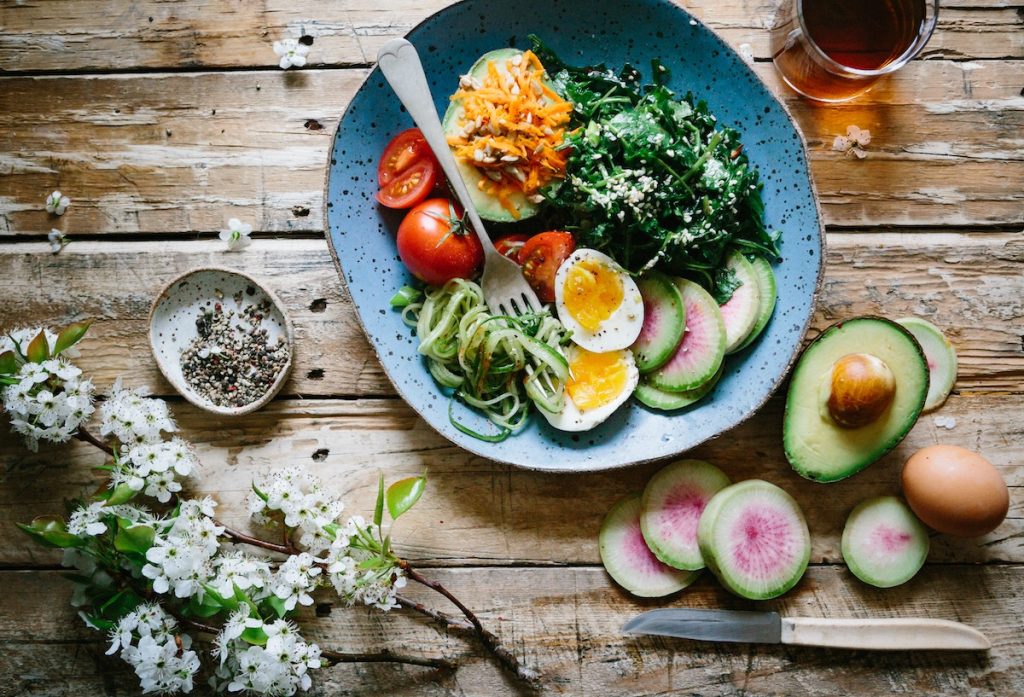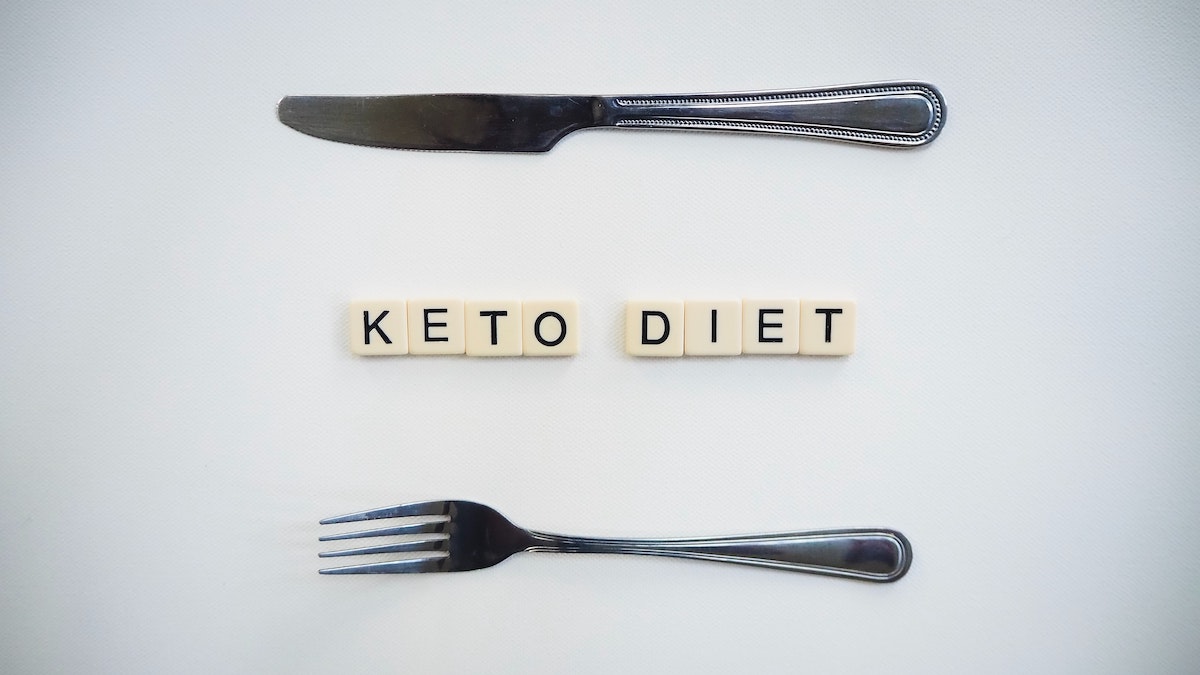More and more people are approaching the ketogenic diet to lose weight or live a healthier lifestyle. What most people find confusing about it is that it’s primarily based on eating food high in fats; healthy fats, to be precise.
The other focus of the keto diet is to avoid carbs in large circles, which has arguably dissuaded thousands of doughnut lovers. We’ll talk about whether it works.
Let’s dive right into it now.
What to eat on a ketogenic diet?
Dozens of food products can accommodate a healthy ketogenic diet plan, but to get the most out of it, you’ll need to balance your intake of protein and healthy fats and avoid carbohydrates as much as you can.
Seafood
The best type of keto food is seafood. This is because they are super-rich in protein with exceptionally small quantities of carbs.
Clams, mussels, and oysters have close to 3 grams of carbs per 100-gram servings whereas salmon and fatty fish could be ideal for people who are struggling with obesity-related problems (as they’re high in Omega 3 acids).
Keto veggies
Avocado is often depicted as the ideal keto vegetable, which it most certainly is. High in protein and healthy fats, avocados have almost no carbs at all in their composition, and they taste quite great. For a bit more variety, you could add asparagus, broccoli and a bit of eggplant to the mix.
Kale, green beans, cauliflowers, tomatoes and zucchinis are also high in healthy fats while being very low on carbs. If you wanted to, you could make your keto plan a vegetarian diet exclusively.
Meats

Meaty products typically contain higher quantities of fat on both sides – both healthy and unhealthy ones. However, a few types of meats can accommodate any keto diet in terms of nourishment, taste and healthiness.
Bacon, if prepared properly, takes the cake; more people love it than those that can say they don’t like it, and it can be served as a main dish or be taken as a snack.
Eggs
Bacon and eggs are a typical breakfast for many people, so in some regards, your keto diet plan won’t change your morning eating habits. Eggs have minimal carbs and are remarkably rich in protein, but one of the main reasons why they are so great for a ketogenic diet is that they also promote a sense of fullness, countering one of the arguably biggest disadvantages of this diet.
Olives and olive-based products
Olives are exceptionally rich in a monounsaturated type of fat called Oleic acid, which is known to reduce the overall risk of heart diseases. Olives are also tremendous antioxidants, so feel free to glaze your dishes with as much olive oil as you want.
Keto-friendly sweets
You won’t need to worry about not being able to eat chocolate, as it’s not as “dangerous” as some are led to believe. Dark chocolate is a fairly great addition to the keto diet plan.
Keto chocolate chip cookies, on another hand, are even better, as they are typically made of low-carb ingredients.
Pros of Ketogenic Diet

The main benefits of the keto diet include weight loss, minimal restrictions in terms of selection of food, and extra advantages for people who are struggling with diabetes and obesity:
- Weight loss
- A leaner figure
- Wide selection of food that can fit the plan
In terms of weight loss benefits, the main point of the keto diet is that your body will begin dissolving fats instead of carbs to accumulate energy. This essentially means that even though people on this diet may not become fit overnight, achieving a leaner figure is both easier and faster than through most alternative diet plans.
Cons of Ketogenic Diet
The main disadvantage of most ketogenic diet plans is that it’s difficult to endure for some.
Although you’ll have a wide variety of food types to pick, the “taste” aspect is somewhat sacrificed, which typically leads to “cheat eating”:
- Somewhat hard to sustain
- Calorie depletion
- Cheat-eating
- Easy to mistake bad fats for healthy fats
Any particular dish that may be free of unhealthy fats (for the most part) can “acquire” them if the preparation process includes bad oil. Add to that some ketchup and mayonnaise that are often freely interpreted as “tomato and egg derivates,” and you’ll have a bad combination of otherwise healthy ingredients.
The cheat-eating is still one of the biggest shortcomings of the keto diet; although most food products that can fit this diet are tasty, they may become “bland” in this respect after a few weeks.




